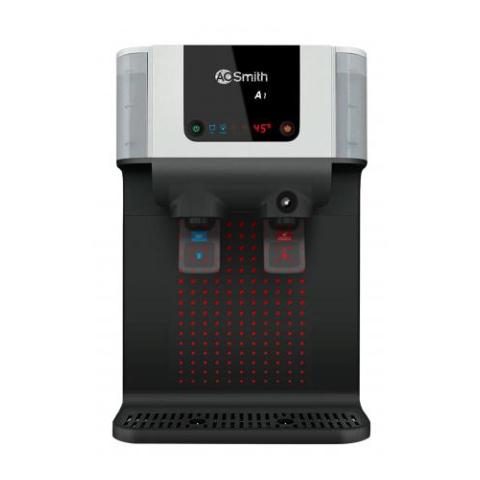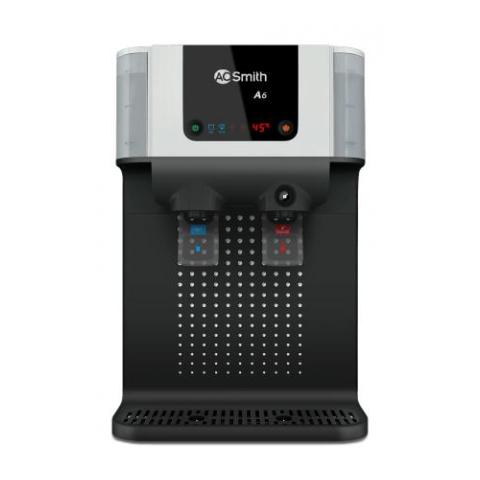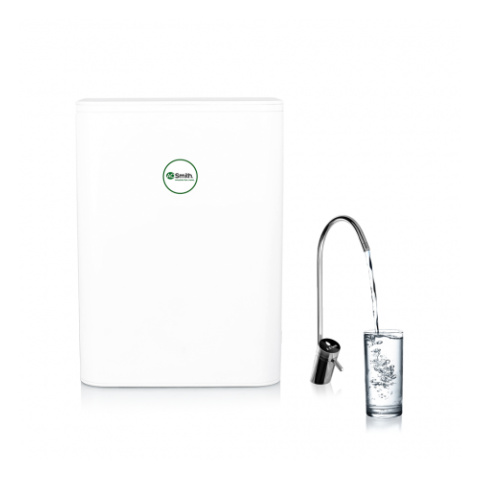Having access to clean and safe water is a necessity to avoid water borne diseases. With the current pandemic, more people use water purifiers to filter their water at home. Life without depending on outsiders for essential drinking water is much more convenient and safer. In this article, we compare Gravity-based and Direct-to-Tap water filters or purifiers.
Gravity-based purifiers and filters
Gravity-based Water Purifiers use gravity force to "push" the water down filter stages. They normally run without electricity and there is need for installation. These provide better water quality than boiling water from the tap. It is a good, economical option for places where water is already chlorinated and has low dissolved contaminants.
Gravity-based purifiers typically have two chambers sitting one above another. The first one is where you will pour in water and the second one is where filtered water will be stored. Filter stages are placed between the two chambers, acting like a mediator, so when the water inside upper chamber moves downwards, the water gets filtered naturally due to gravity. The water gets transferred to the lower chamber typically in half an hour.
The 4 most common filtration stages used by gravity based purifiers are microfiltration, ultrafiltration, chemical-based disinfection, and carbon. The cheapest filters may only use 1 or 2 of the above stages. Microfiltration filters up to 0.1 microns. It is able to remove sediments, cysts and most bacteria. Ultrafiltration filters up to 0.001 microns and can filter most viruses. Chemical-based disinfection adds chlorine or bromide to the water to disinfect it, similar to what the municipal water supply does. These chemicals are themselves contaminants though. Activated carbon is used as a polisher, removing chlorine and other organic compounds, thus improving the taste and odor of the water.
Examples of Gravity-based purifiers available in the Philippines include PureIt Excella, Brita, and Berkey. They are relatively inexpensive, costing less than 10,000php. They have consumables that you need to replace after 3-6 months. Some of these gravity-based water purifiers reduce waterborne-disease-causing bacteria and viruses by adding a disinfecting chemical, then using a post-carbon filter to remove the chemical. These are unable to remove other contaminants such as Fluoride, Arsenic and Lead. They also do not work effectively for hard water.
Gravity-based purifiers aren’t the best choice if you have a big family since there is a long waiting time before the water gets sanitized. They usually have a small storage capacity so you also have to regularly pour water.
Pros:
- Zero installation needed
- No electricity needed
- Inexpensive
- Easy maintenance
Cons:
- May use additive chemicals
- Limited purification technology
- May not be applicable for hard water or where water quality is bad
- May have long waiting time
- Manual refilling
Direct-to-tap purifiers and filters
Direct-to-tap water purifiers are connected directly to the water supply, usually underneath a kitchen sink so there is no need for regular manual refilling. They use a wider range of purification technologies, from Microfiltration, Ultrafiltration, and Carbon to Ultraviolet (UV) and Reverse Osmosis (RO). Low end direct to tap water filters may use similar technologies as gravity-based filters. The best direct-to-tap purifiers use ultrafiltration, UV or RO.
Direct-to-tap purifiers do not normally add chemicals to the water. They may require higher water pressure or use electricity to purify water. Because they do not rely on gravity, these water purifiers can produce drinking water faster.
Direct-to-tap water purifiers require installation. Afterwards, most of them can be used with minimal intervention. There is no need to regularly refill water. Some will even have automated flushing to automatically clean the system from time to time.
Compared to gravity-based filters, direct-to-tap purifiers are more convenient, frequently provide better water, and overall greater satisfaction to customers.
Pros:
- Automatic refills
- Can flush system so cleaning can be semi-automated
- Better purifying technologies available
- Does not normally add chemicals
- Solutions available for hard water or where water quality is bad.
Cons:
- Usually more expensive
- Needs installation
Conclusion
Gravity-based purifiers provide acceptable drinking water at a tight budget but sacrifices convenience. Direct-to-tap purifiers provide more convenience and more options to handle poor water quality. Would you consider Gravity-based filters over Direct-to-tap water filters that can do better?




